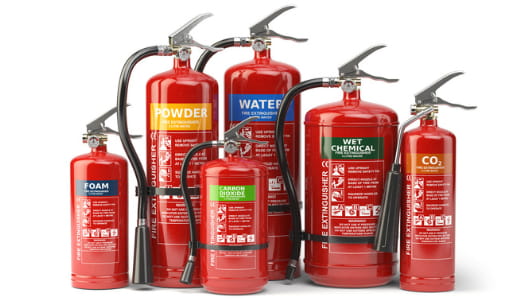In this Article:
👉🏻 What is Synthetic Foam Technology? | Detailed Guide 2024
Firefighting has evolved dramatically over the years, with technological advancements playing a prime role in enhancing fire suppression techniques. One of the most significant innovations in recent times is the development of synthetic foam technology. This breakthrough has revolutionized the way fires are managed, offering superior performance, efficiency, and safety.
In this article, we will learn about synthetic foam concentrates, exploring their benefits, applications, and how they represent cutting-edge fire suppression.
What is Synthetic Foam Technology?
Synthetic foam technology involves the use of specially formulated compounds that, when mixed with water and air, create a foam that can effectively suppress fires. Unlike traditional foam concentrates derived from natural sources, synthetic foams are engineered to provide consistent performance and enhanced fire suppression capabilities.
Key Components and Mechanisms
The primary components of synthetic foam concentrates include surfactants, solvents, stabilizers, and additional additives. These ingredients work together to create a foam that can smother flames, cool hot surfaces, and form a barrier to prevent re-ignition.
Surfactants
Surfactants are the cornerstone of synthetic foam technology. They reduce the surface tension of water, allowing the foam to spread effectively over the fuel surface and form a stable blanket that cuts off the oxygen supply. Types of surfactants include:
- Anionic Surfactants: Provide excellent spreading and wetting properties, ideal for Aqueous Film Forming Foams (AFFF).
- Nonionic Surfactants: Suitable for various applications, enhancing foam stability.
- Amphoteric Surfactants: Adapt to different pH levels, effective in diverse conditions.
Solvents
Solvents help dissolve surfactants and other ingredients, ensuring a homogeneous mixture. They also control the viscosity of the foam concentrate, making it easier to mix with water and air.
Stabilizers
Stabilizers maintain the foam’s integrity and performance by preventing breakdown, ensuring it remains effective throughout firefighting operations. Polymers are commonly used to enhance resistance to heat and physical disruption.
Additional Additives
Additives enhance performance, such as:
- Corrosion Inhibitors: Protect equipment from corrosion.
- Biocides: Prevent microbial growth.
- Anti-Freeze Agents: Ensure effectiveness in cold climates.
Mechanism of Action
The effectiveness of synthetic foam technology in fire suppression is due to its multi-faceted mechanism:
- Smothering: Creates a barrier over the fuel surface, cutting off oxygen.
- Cooling: Water content cools down the fuel and surrounding surfaces, preventing re-ignition.
- Fuel Isolation: Forms a stable blanket, preventing further combustion.
- Vapor Suppression: Suppresses the release of flammable vapors, creating a seal over liquid fuel.

Types of Synthetic Foams
There are several types of synthetic foams, each designed for specific firefighting scenarios:
- Aqueous Film Forming Foam (AFFF): Ideal for Class B fires (flammable liquids), AFFF forms an aqueous film that spreads quickly over the fuel surface, creating a barrier that stops the fire.
- Alcohol-Resistant Aqueous Film Forming Foam (AR-AFFF): Suitable for both polar solvent and hydrocarbon fires, AR-AFFF is versatile and effective in complex fire scenarios.
- High Expansion Foam: Used in confined spaces like ship holds or aircraft hangars, this foam expands rapidly to fill large volumes, smothering fires in hard-to-reach areas.
Cutting-Edge Fire Suppression with Synthetic Foam
The advancements in cutting-edge fire suppression technologies have significantly enhanced the capabilities of synthetic foams. Here are some of the notable improvements:
Enhanced Firefighting Efficiency
Synthetic foam technology offers rapid deployment and increased firefighting efficiency. The foams are designed to spread quickly over the burning surface, providing instant suppression and reducing the time required to control the fire. This efficiency is crucial in large-scale industrial settings where quick response can prevent catastrophic damage.
Improved Environmental Impact
Traditional firefighting foams have faced criticism for their environmental impact, particularly those containing perfluorochemicals (PFCs). However, advancements in synthetic foam technology have led to the development of environmentally friendly alternatives. Modern synthetic foams are formulated to be biodegradable and less toxic, minimizing their ecological footprint while maintaining high performance.
Versatility in Application
One of the significant benefits of synthetic foam technology is its versatility. Whether dealing with fuel spills, industrial fires, or residential blazes, synthetic foams can be tailored to meet the specific demands of each situation. This adaptability makes them an essential tool in the arsenal of advanced firefighting solutions.
Benefits of Synthetic Foam Technology
The adoption of synthetic foam concentrates in firefighting has brought numerous benefits. Let’s learn and understand some of the most significant advantages:
Superior Fire Suppression Capabilities
Synthetic foams offer unparalleled fire suppression capabilities. Their ability to form a cohesive and stable foam blanket over burning materials ensures that fires are extinguished quickly and efficiently. This characteristic is particularly vital in scenarios involving flammable liquids, where rapid suppression is necessary to prevent explosions and secondary fires.
Reduced Water Usage
Traditional firefighting methods often rely heavily on water, which can be both wasteful and ineffective against certain types of fires. Synthetic foams benefits require significantly less water to be effective, which is not only environmentally beneficial but also crucial in areas where water supply is limited.
Enhanced Safety for Firefighters
Safety is paramount in firefighting, and synthetic foam technology plays a critical role in protecting firefighters. The foam’s ability to cool hot surfaces and reduce radiant heat exposure helps create a safer working environment. Additionally, the rapid suppression capabilities of synthetic foams mean that firefighters can bring fires under control more quickly, reducing the time they spend in hazardous conditions.
Long-Term Cost Savings
While the initial investment in synthetic foam concentrates may be higher if compared to traditional methods, the long-term cost savings are substantial. The increased efficiency, reduced water usage, and lower environmental remediation costs associated with synthetic foams make them a cost-effective choice for fire departments and industrial safety teams.
Advanced Firefighting Solutions with Synthetic Foam
The integration of synthetic foam technology into advanced firefighting solutions has transformed the landscape of fire suppression. Let’s look at some real-world applications and innovations:
Industrial Applications
In industrial settings, the risk of fire is always present, whether in chemical plants, oil refineries, or manufacturing facilities. Synthetic foams provide a reliable and efficient means of fire suppression in these high-risk environments. For example, in oil refineries, AR-AFFF is commonly used to combat fires involving both hydrocarbons and polar solvents, ensuring comprehensive protection.
Aircraft and Airport Fire Safety
Airports and aircraft are particularly vulnerable to fires, given the presence of large quantities of jet fuel. High expansion foams are employed to rapidly fill hangars or aircraft cabins, smothering fires before they can spread. The quick action of synthetic foams is critical in these scenarios, where every second counts.
Marine and Offshore Platforms
Fire suppression on marine vessels and offshore platforms presents unique challenges due to the confined spaces and the presence of flammable materials. Synthetic foam benefits are highly effective in these environments, providing rapid fire suppression and minimizing the risk of catastrophic incidents. Their ability to work efficiently in saltwater conditions further enhances their suitability for marine applications.
Municipal Fire Departments
Local fire departments also benefit from the advancements in synthetic foam technology. The versatility and efficiency of these foams make them an excellent choice for a wide range of fire scenarios, from residential fires to vehicle blazes. Municipal fire departments can deploy synthetic foams to quickly and effectively manage emergencies, protecting lives and property.
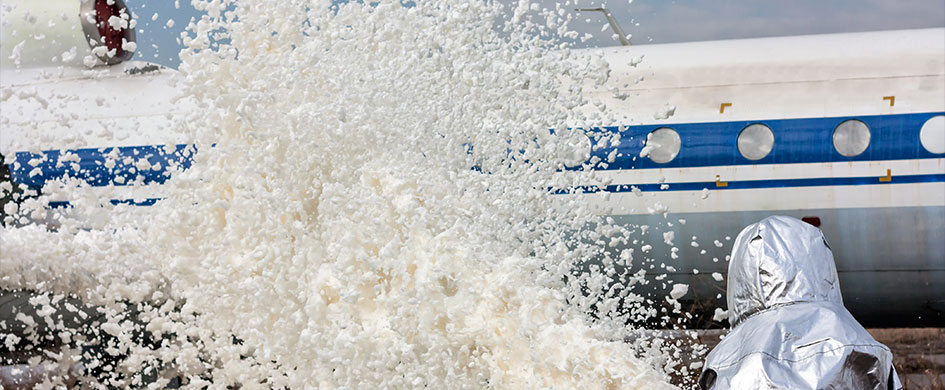
Future Trends in Synthetic Foam Technology
The field of synthetic foam technology is continually evolving, with ongoing research and development that aims to improve fire suppression capabilities. Here are some emerging trends to watch:
Eco-Friendly Formulations
As environmental concerns continue to drive innovation, we can expect to see more Eco-friendly synthetic foam formulations. Researchers are working on developing foams that are completely biodegradable and free from harmful chemicals, ensuring that firefighting efforts do not come at the expense of the environment.
Smart Foam Technologies
Advancements in smart technologies are making their way into firefighting foams. Smart foams equipped with sensors can provide real-time data on fire conditions, helping firefighters make informed decisions. These foams can adapt to changing fire dynamics, optimizing suppression efforts and improving overall effectiveness.
Integration with Robotics and Drones
The integration of synthetic foams with robotics and drone technology is set to revolutionize firefighting. Drones equipped with foam dispensing systems can access hard-to-reach areas and provide targeted fire suppression. This innovation enhances the safety of firefighters and increases the precision of firefighting efforts.
Improved Training and Simulation
Advanced training programs and simulation technologies are being developed to ensure that firefighters are well-versed in the use of synthetic foams. Virtual reality (VR) and augmented reality (AR) with simulations can provide realistic training scenarios, helping firefighters hone their skills and respond effectively in real-world situations.
Conclusion
The advent of synthetic foam benefits in technology marks a significant milestone in the field of firefighting. With its superior fire suppression capabilities, reduced environmental impact, and versatility, synthetic foam represents cutting-edge fire suppression at its best. The benefits of this technology are evident in multiple applications, from industrial settings to municipal fire departments, showcasing its potential to save lives and protect property.
As we look to the future, ongoing advancements in synthetic foam technology promise to further enhance fire suppression techniques, making firefighting more efficient, safer, and environmentally responsible. The integration of smart technologies, Eco-friendly formulations, and innovative training methods will continue to drive the evolution of advanced firefighting solutions.
Read More Articles:
Known and Unknown Facts about Fire everyone should know
What is a Clean Agent Fire Extinguisher ? Detailed Guide 2024
Related Articles

Protein Foam: Your Guide to Effective Fire Suppression

AR-AFFF Foam: Find the Right Formula for Your Needs
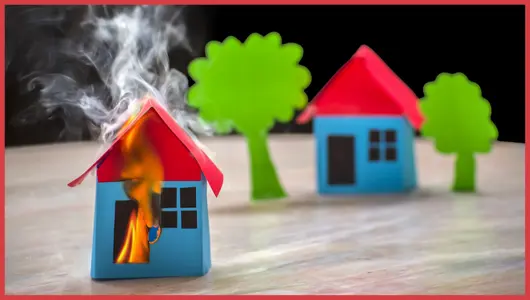
AFFF Foam: Your Essential Guide to Fire Safety

Why ECOFOAM is the Future of Environmentally Friendly Firefighting

Foam Concentrates: Sustainable Solutions for Environmentally Conscious Fire Protection
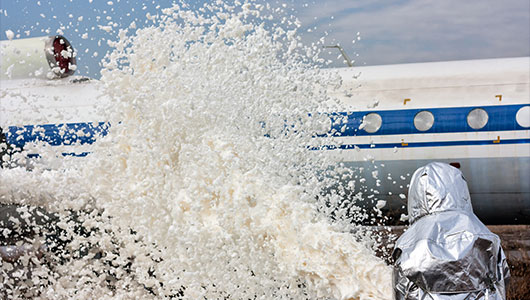
The Right Foam for Every Fire: Synthetic Concentrates for Varied Hazards & Environments

Expansion Foam Concentrate: The Ultimate Solution for Controlling Flammable Liquid Fires
Stop Fire in Its Tracks: Protein Foam's Versatility Across Hazards & Environments

Fluorine-Free Foam (ECOFOAM): Next-Generation Fire Suppression Solutions for Modern Challenges
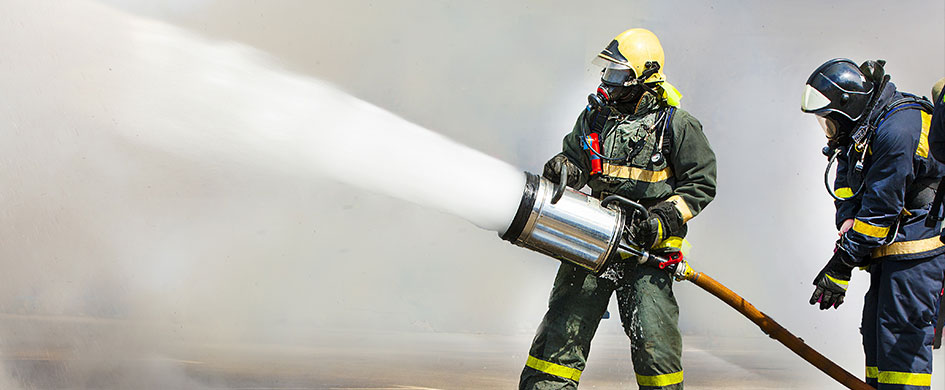
Future of Firefighting is Here: Top Trends in Foam Concentrate Technology Explained

Synthetic Foam Concentrates: The Science Behind Superior Fire Control

Expansion Foam Concentrate: The Game Changer for Fighting Large Fires
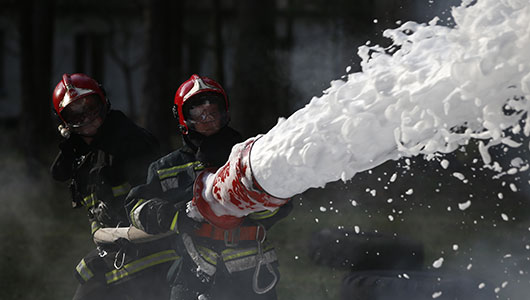
Protein Foam 101: How It Works to Fight Fires
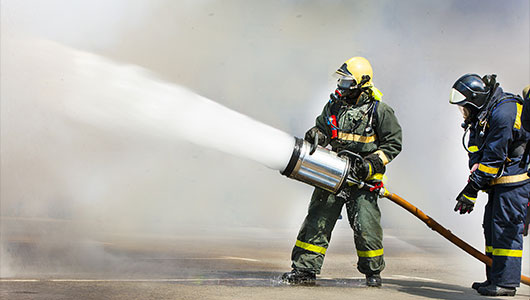
Advantages of Advanced AR-AFFF Foam Technology - Fire Protection Ultimate Guide 2024
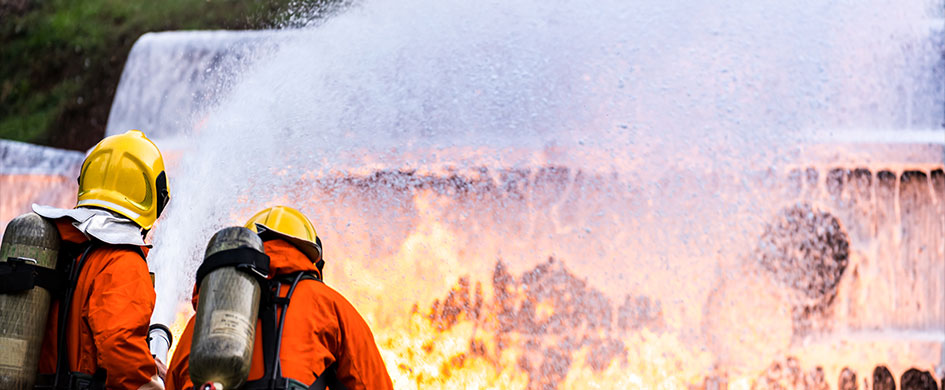
AFFF Fire Suppression: Applications & Benefits for Enhanced Safety
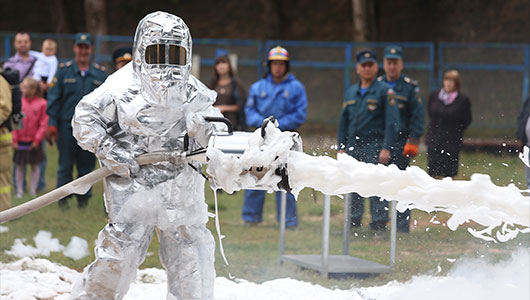
Foam Concentrates vs Traditional Fire Extinguishers: Which is More Effective?

Fight Fires Eco-Friendly: Rise & Future of Fluorine-Free Foam (ECOFOAM)

Expand Your Fire Safety Arsenal: Exploring the Versatility of Expansion Foam Concentrate
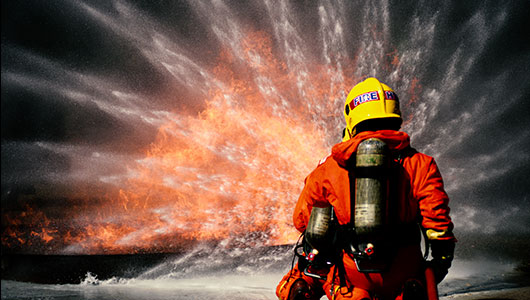
Protein Foam Concentrates: Harnessing Nature's Power for Effective Fire Suppression | Guide 2024
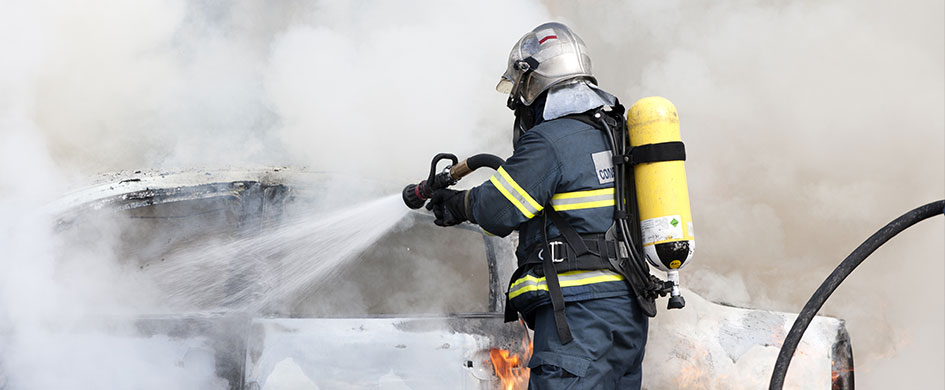
Advanced AR-AFFF Foam: The Cutting-Edge Solution for Superior Fire Suppression Performance
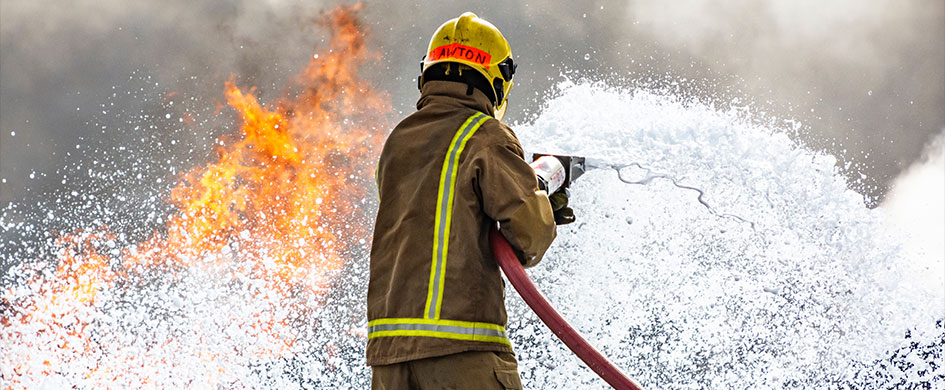
Understanding AFFF Role in Rapid Fire Suppression

The Rise of Eco-Friendly Fire Suppression: Exploring Fluorine Free Foam (ECOFOAM) Solutions

Foam Concentrates: The Ultimate Guide(2024) to Effective Fire Suppression
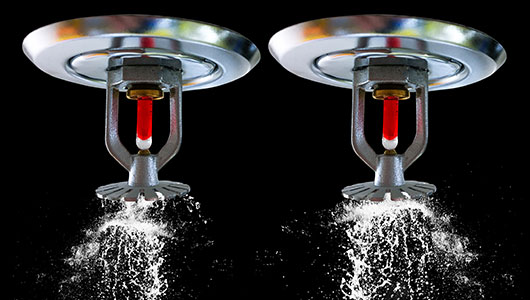
Choosing the Right Fire Sprinkler System for Your Commercial Property
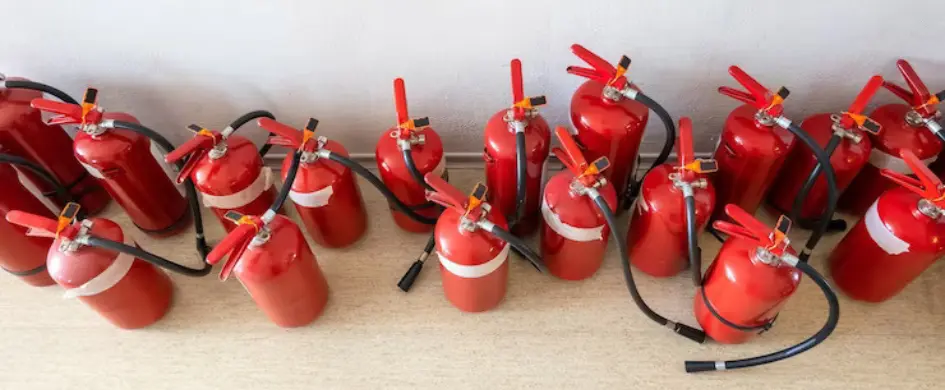
Emergency Evacuation Planning: Steps to Ensure Workplace Safety

The Ultimate Guide to Fire Extinguishers: Types, Uses, and Maintenance
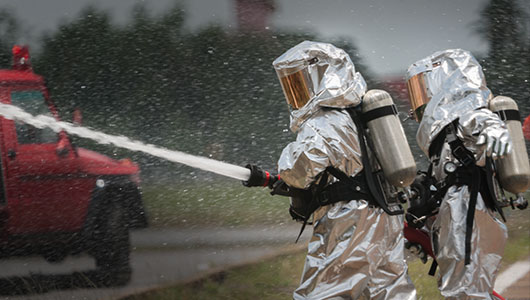
The Role of Personal Protective Equipment (PPE) in Firefighting
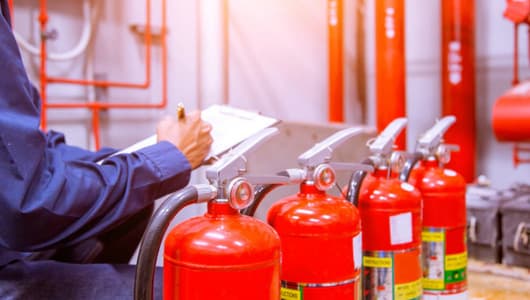
Keeping Your Business Safe: A Comprehensive Guide to Fire Risk Assessments
Protecting Your Electrical Equipment: The Importance of a Fire Suppression System for Electrical Panels
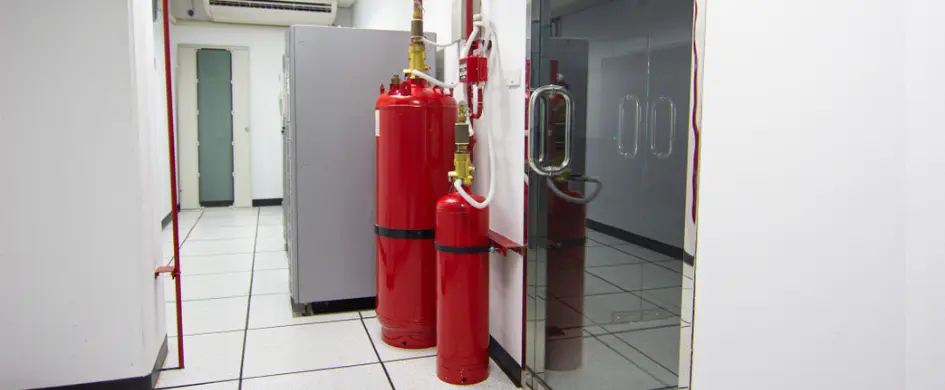
Protect Your Data Center with a Reliable Fire Suppression System

How to choose a water mist fire extinguisher
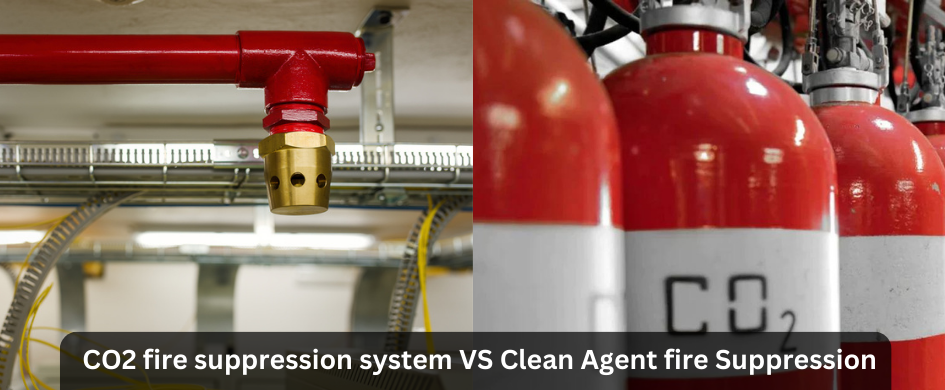
CO2 Fire Suppression System vs Clean Agent fire Suppression
Ensuring Safety in the Factory: Choosing the Right Fire Fighting Equipment
The Top 5 Places Where Fire Suppression Systems are a Must
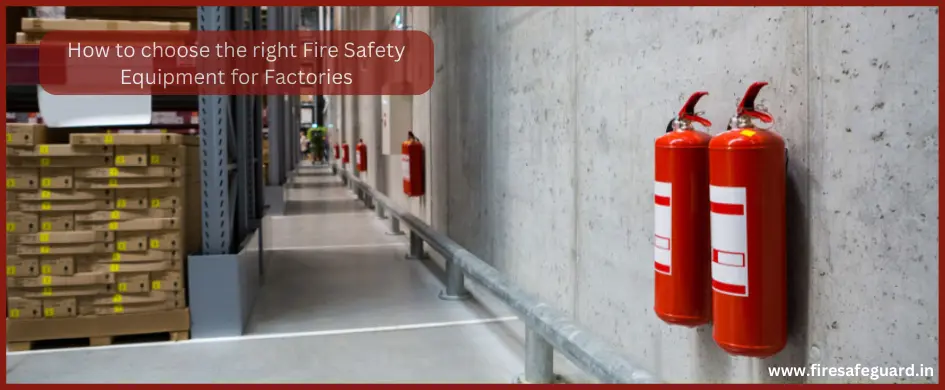
How to Choose the Right Fire Safety Equipment for Factories
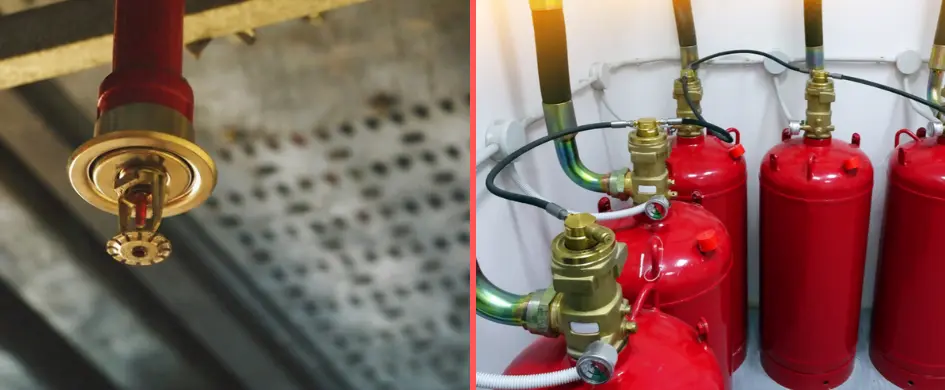
Difference Between Fire Suppression System and Fire Sprinkler
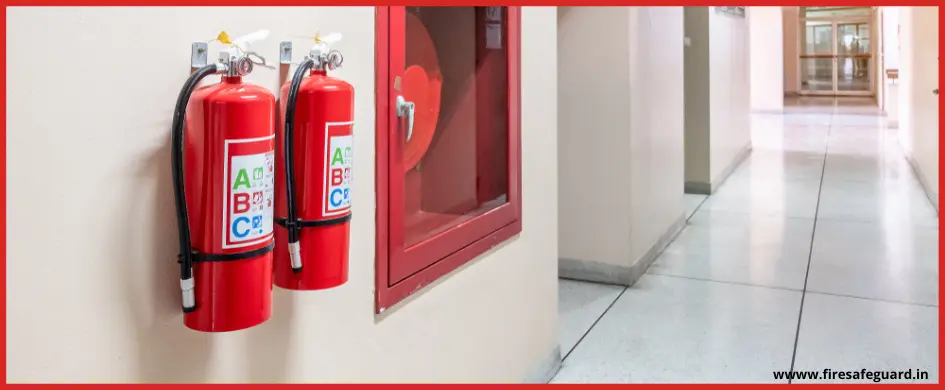
Ultimate Fire Extinguisher Buying Guide for Business owners
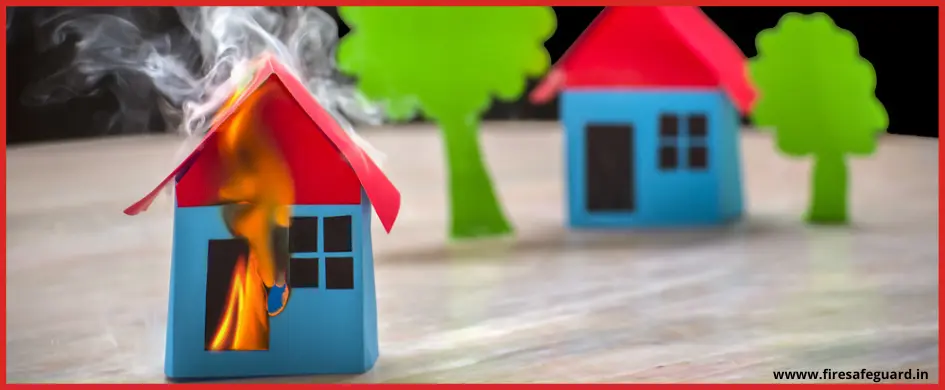
Known and Unknown Facts about Fire Everyone Should Know
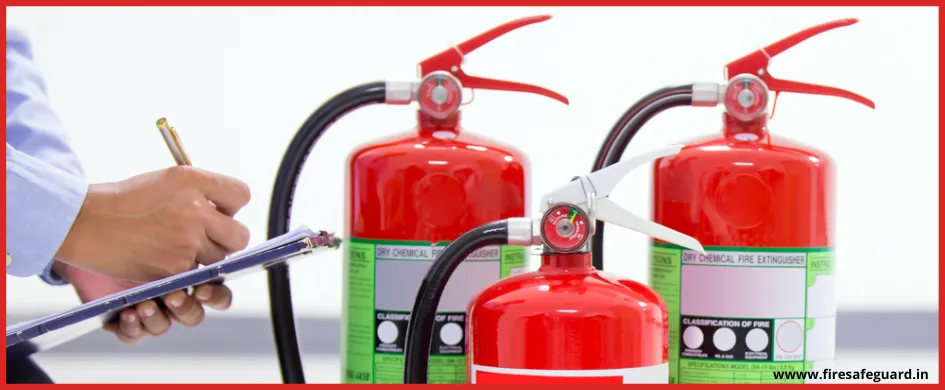
Everything you need to know about Water Type Extinguisher
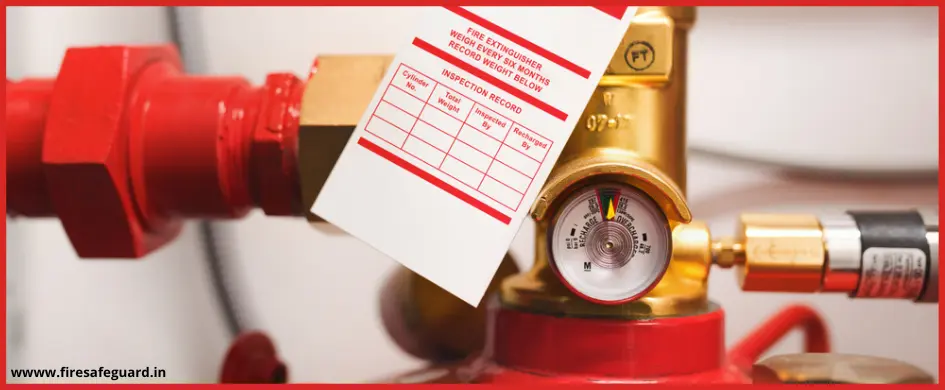
What is a Clean Agent Fire Extinguisher ? Detailed Guide 2024
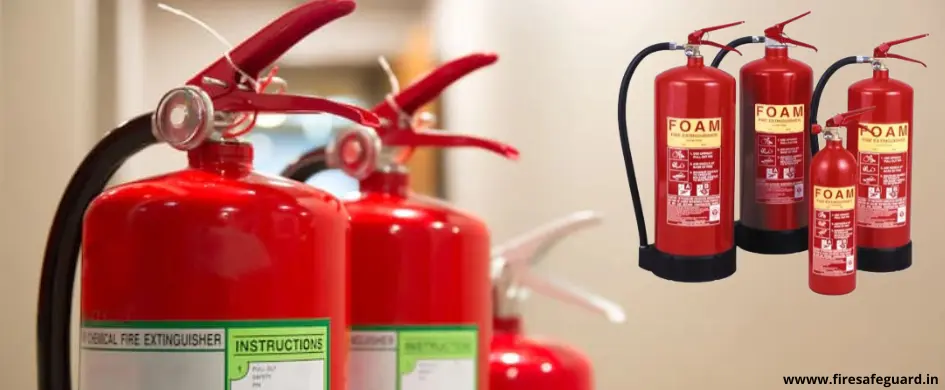
Everything You Need to Know About Foam-Type Fire Extinguishers
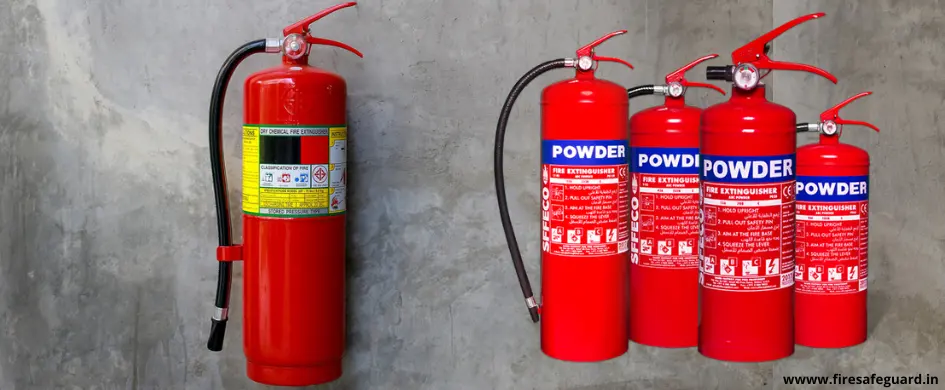
Everything You Need to Know about Dry Chemical Fire Extinguishers - Detailed Guide 2024

Top Fire Extinguisher Manufacturers in India
